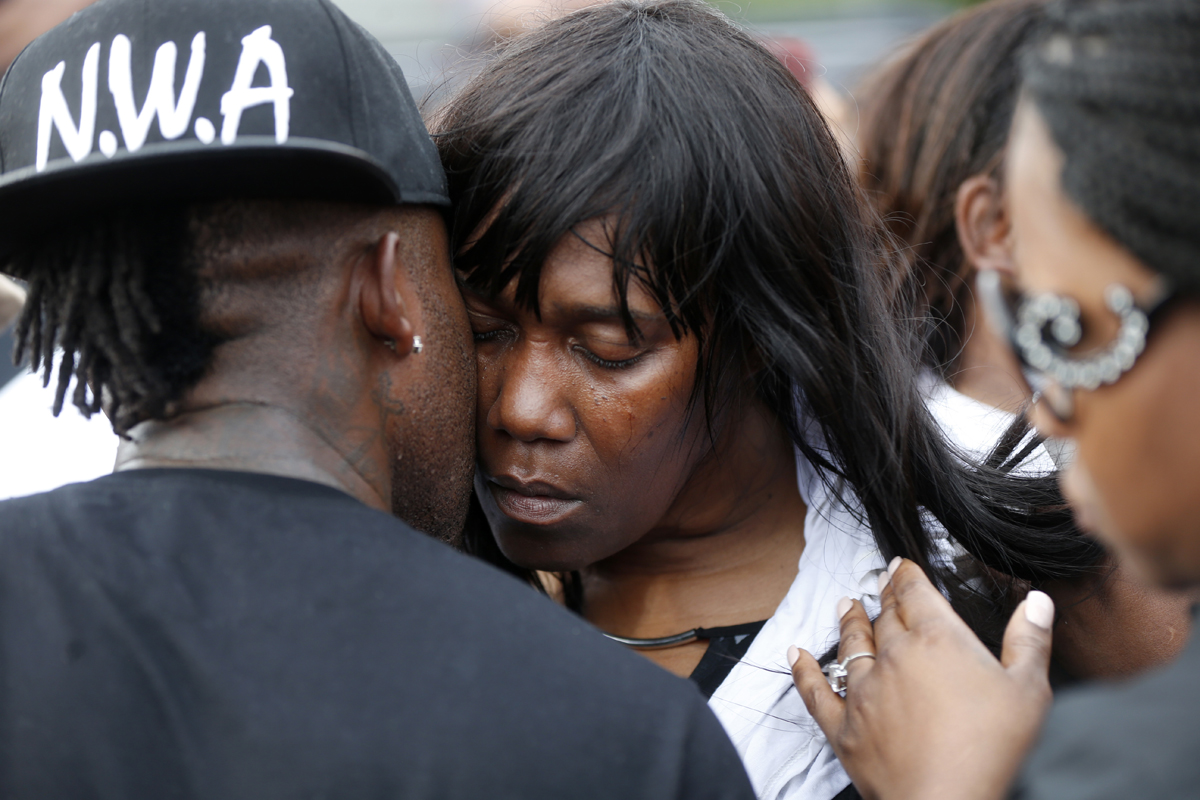“Charge your cellphones before you leave home.”
It’s become a common refrain on social media as reporters scramble to cover the latest police shootings of Black men: Alton Sterling in Baton Rouge, Louisiana on July 5 and Philando Castile in St. Paul, Minnesota on July 6. As has become common, both men were killed while cellphone cameras bore witness.
As they proved once again this week, cellphones, tablets and other video recording devices have become extremely powerful tools for journalists — and anyone looking to inform the public — in recent years. Journalists, and these two men with families, are once again relying on witnesses in possession of everyday technology to determine what happened and whether justice will be served.
We say everyone is a reporter nowadays, but what does that mean in practice? We often question the significance of eyewitness accounts submitted by the community, but they help us hear from those who may not be provided the necessary megaphone, despite the egalitarian hopes entrusted to social media platforms like Facebook and Twitter.
We can further encourage these accounts by adapting technology like Yellr and GroundSource, two products that help us listen to our respective communities. But journalists must also signal that they’re willing to take these videos seriously as part of the process of recognizing the world around them.
That doesn’t mean, however, that this information should be rebroadcast without context. Reporters are taught to trust, but verify. We’re told to be sympathetic to the family of the victim, but we often begin to see stories focused on a criminal history or background before we hear anything about the details of the case itself.
This lack of context leads to other issues: Our attempts to humanize have led to many becoming demonized before they receive their days in court. The desire to seek justice is at war with a longing to protect the victim’s families from more pain. Some question our desire to report the facts versus our need to attract audiences with increasingly gruesome sights and sounds.
The emergence of a second video in the Sterling case has helped add context while answering several of the public’s questions. But it’s also provoked a slew of graphic images online, including a front page from the New York Daily News that’s left people frustrated, angry and crushed.
The frustration of seeing images of Black men covered in blood splashed across printed and digital forms might come from a nagging feeling that despite this visual marker, we may never get all of our questions answered.
Tracie Powell, in her piece about today’s Daily News cover using the still from the video recording made by the convenience store owner, reminds us of the need to “comfort the afflicted and afflict the comfortable.”
These videos and images may be frustrating, but it’s our duty to take them seriously. Dwindling newsroom numbers and resources suggest we need to be explore ways to diversify who helps us gather our news and how it helps us strive to be more inclusive than ever.
This tweet from BlogHer editor Feminista Jones explains why keeping phones charged is becoming more important for some communities:
Forget your hot takes
I just watched a Black mother prioritize documenting the execution of her boyfriend bc w/o it she knew they’d lie— Feminista Jones (@FeministaJones) July 7, 2016
This will continue to become more common than we’d like to admit. But it also allows our coverage to be more inclusive than ever before. We must accept the necessary role of recorded eyewitness accounts and their ability to help tell the story in front of us.






